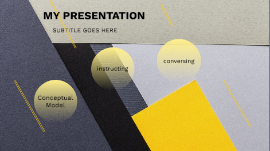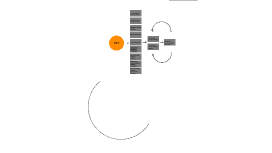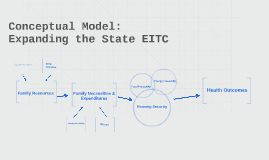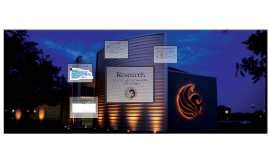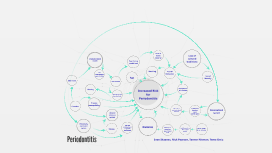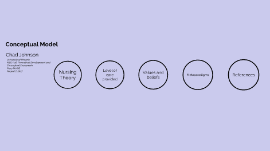Conceptual Model
Transcript: Conceptual Model Chad Johnson University of Phoenix NSG/416 Theoretical Development and Conceptual Framework Mary McGill August 7, 2017 Nursing Theory Nursing Theory Let food be thy medicine and medicine be thy food ~Hipocrates The practice of providing care of ones self in a effort to maintin a functional, healthy life, where you are able to continue to develop personaly (Alligood &, 2014a). Self-Care Self-Care An individual with little training or someone who is experience is able to provide basic care for themselves. As potential disease processes affect the person, additional training and understanding is required. Application Application Family and friends provide care to a person who is unable to care for self Dependent-care Dependent-care Dependent care can be something simple like getting a glass of water that any novice could accomplish to changing a colostomy bag that require some training. Application Application Nursing is required due to a deficit on the part of the patient being unable to provide adequate care for themselves (Alligood, 2014b) Self-Care Deficit Self-Care Deficit The nursing application with regards to self-care deficit is varied from novice to expert depending on the task that needs to be accomplished. A novice nurse would be able to insert an indwelling catheter and empty it regularly. A novice nurse may not be able to complete a complex dressing change if it is a task that they have not had much exposure to. An expert nurse would be required for placement of a Peripherally Inserted Central Catheter (PICC). Application Application Awareness of tasks that are essential to human function and growth (Alligood &, 2014a). Self-care requisites Self-care requisites The patient's ability or lack of ability, to provide self-care dictates the level of care that is required by the nurse. Level of care provided Level of care provided Values and beliefs Values and beliefs All patients deserve to be treated with respect and given the highest level of care possible. Care provided Care provided The patient must take responsibility for themselves and their dependents in basic areas of health promotion. Patient responsibility Patient responsibility Educating patients in areas where they lack knowledge will allow them to provide better self-care and potentially keep them from requiring outside care as often. Education Education Nursing Health Environment Human Beings / Persons Metaparadigms Metaparadigms An intervention to assist a person with a self-care deficit meet their needs (Punjani, 2013). Nursing Nursing A person’s health is dependent on a person receiving the care required to attain and remain in good health (Punjani, 2013). Health Health The surrounding environment of the patient that can be a benefit to the person or can adversely influence a person’s ability to heal and provide self-care (Punjani, 2013). Environment Environment Using a holistic approach, looking at the patient as a whole, not just a disease process as well as their support system. Human Beings / Persons Human Beings / Persons References References Alligood, M. R. (2014a). (Alligood &, 2014a) Nursing theorists and their work (8 ed.). Retrieved from The University of Phoenix eBook Collection database Alligood, M. R. (2014a). (Alligood &, 2014a) Nursi... Alligood, M. R. (2014b). Nursing theory: Utilization & application (5 ed.). Retrieved from The University of Phoenix eBook Collection database Alligood, M. R. (2014b). Nursing theory: Utilization... Punjani, N. S. (2013). Comparison and contrast of Orems Self Care theory and Roys Adaptation model. i-Manager's Journal on Nursing, 3(1), 1-5. Retrieved from https://search-proquest-com.contentproxy.phoenix.edu/docview/1473907117?accountid=458 Punjani, N. S. (2013). Comparison and contrast ...






